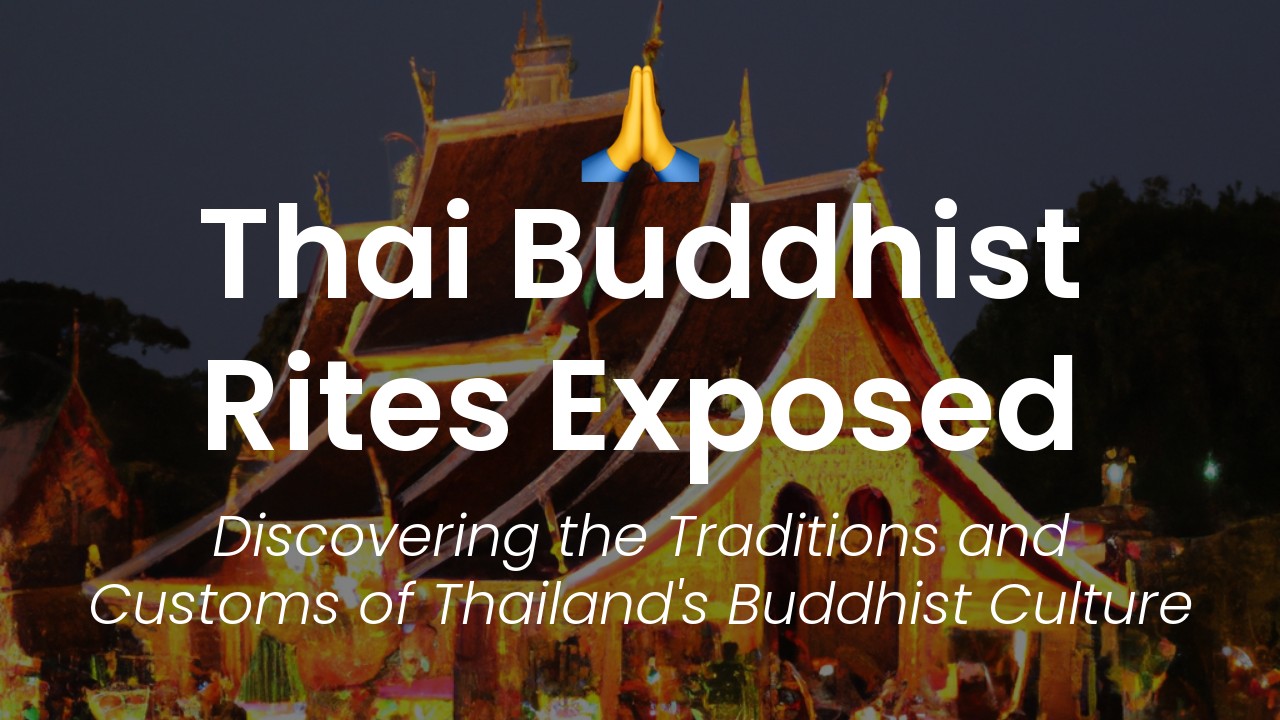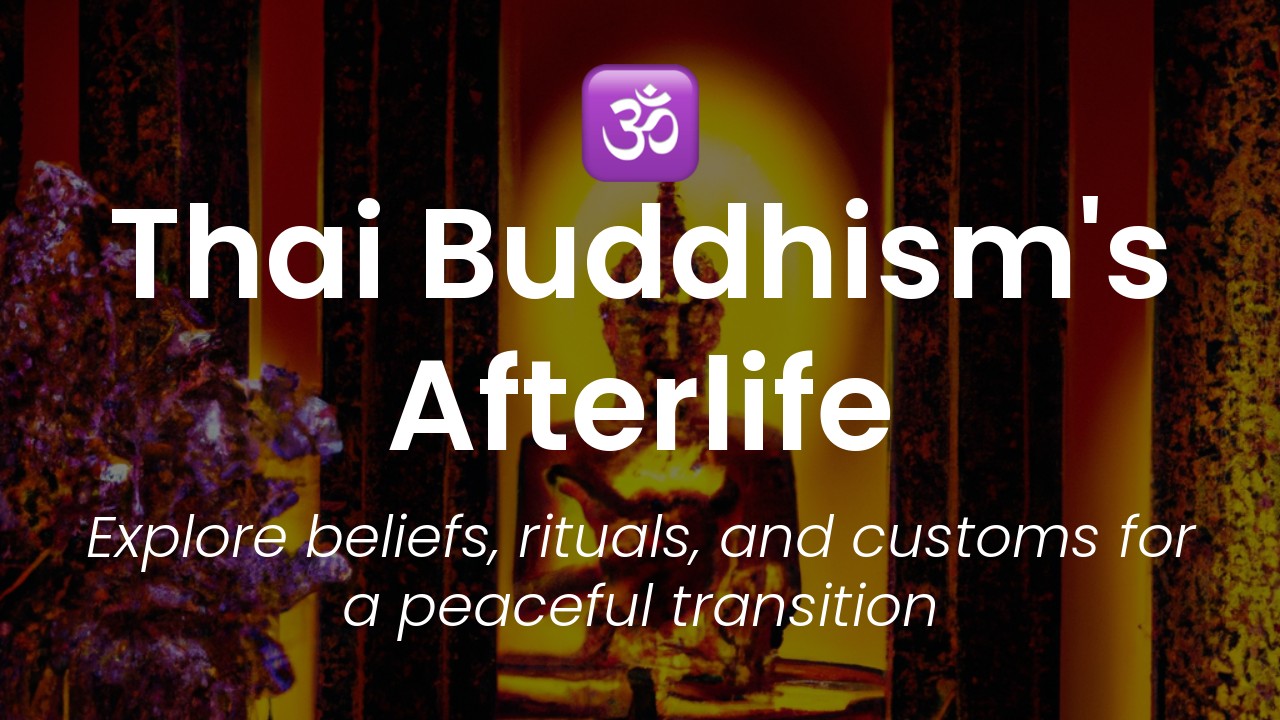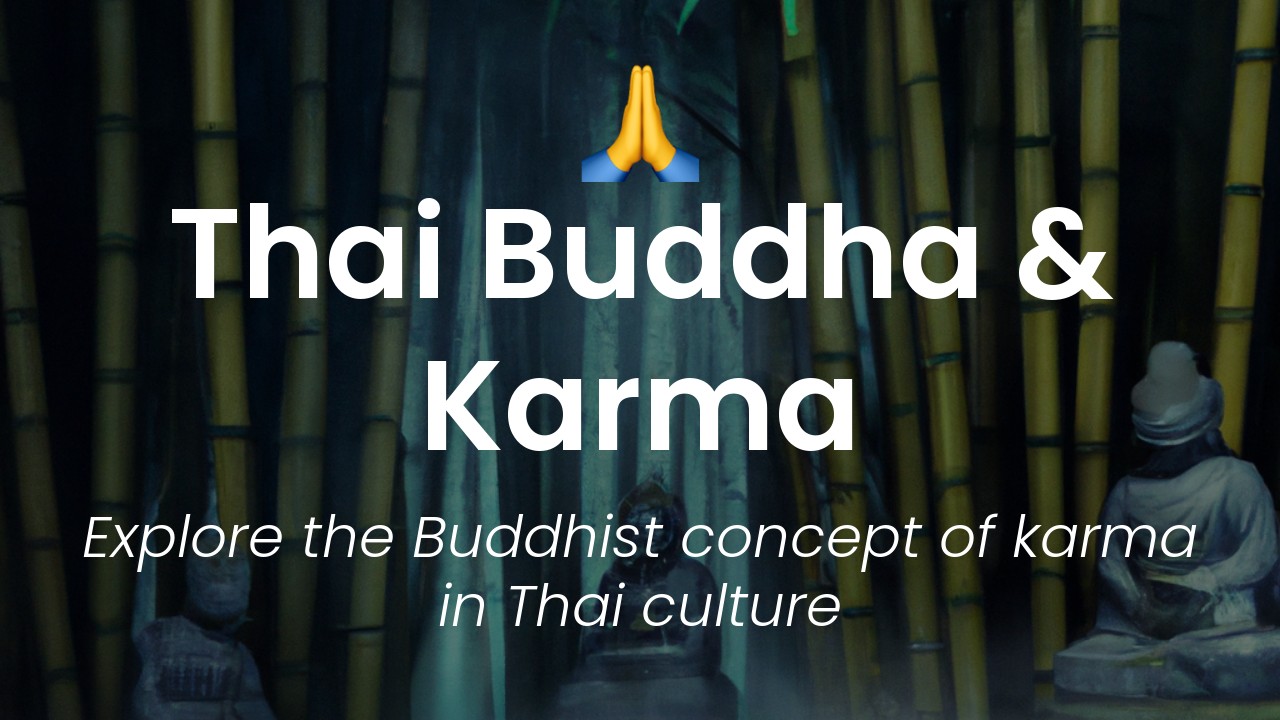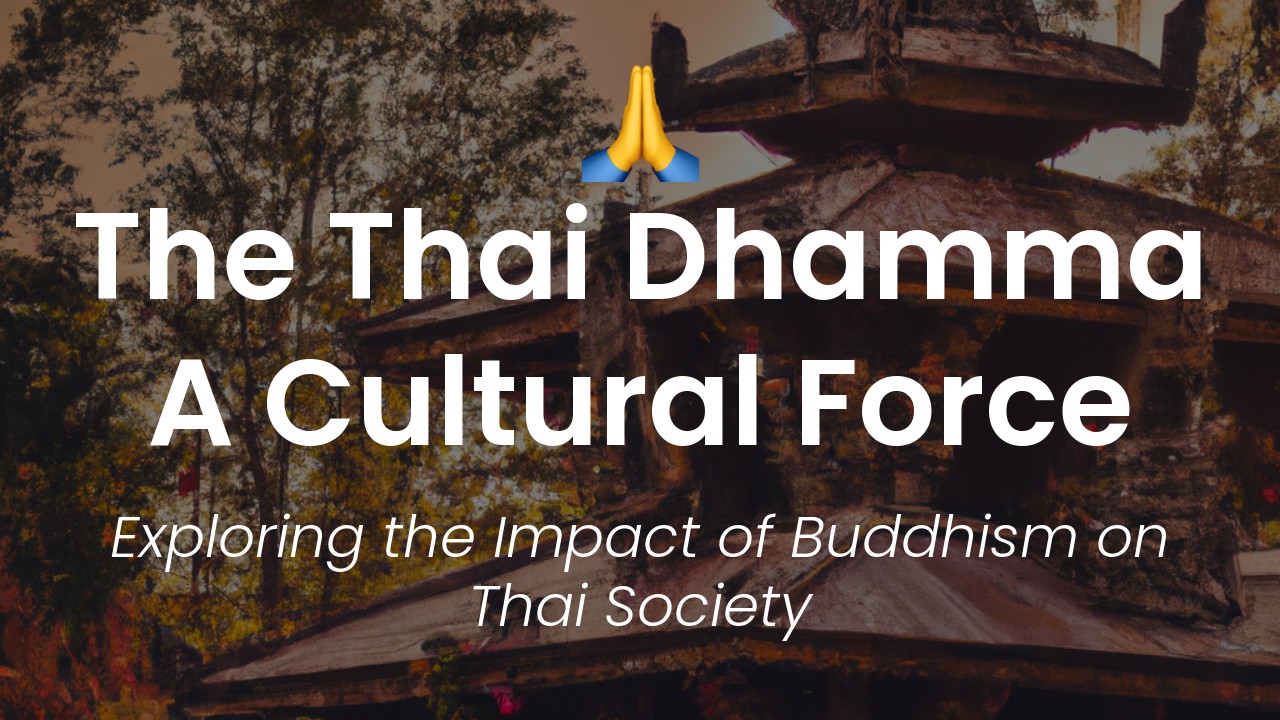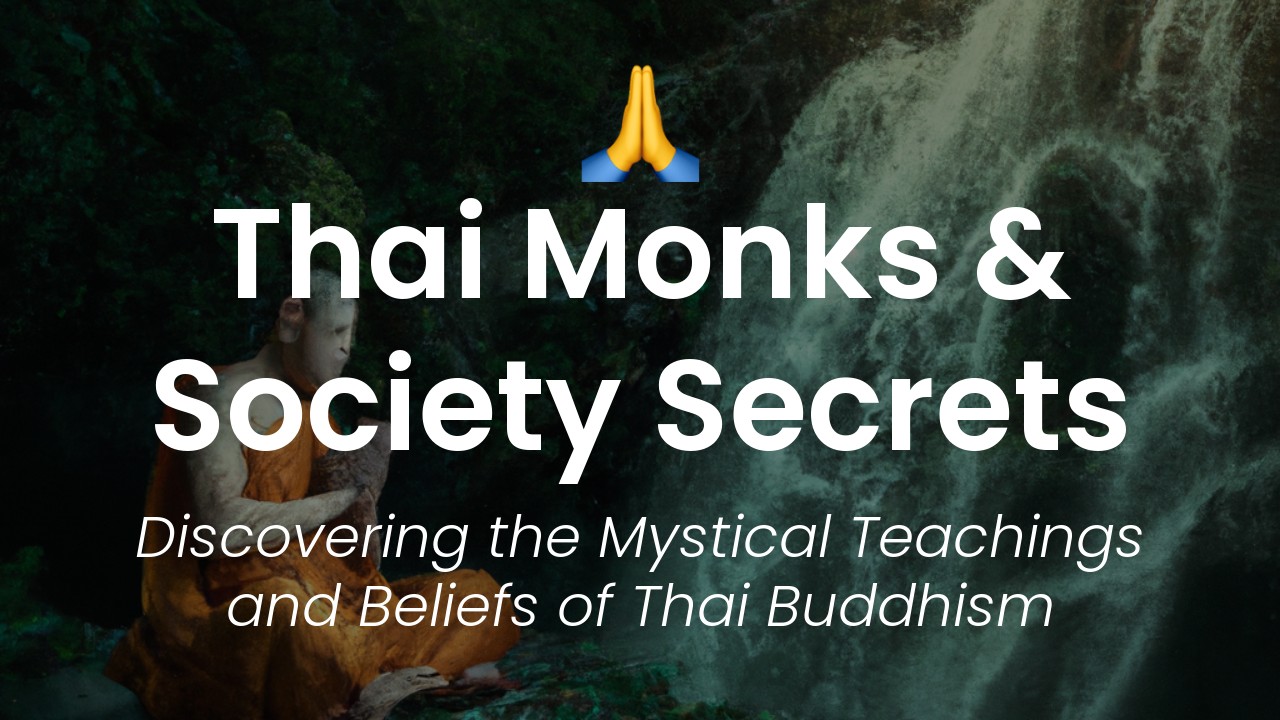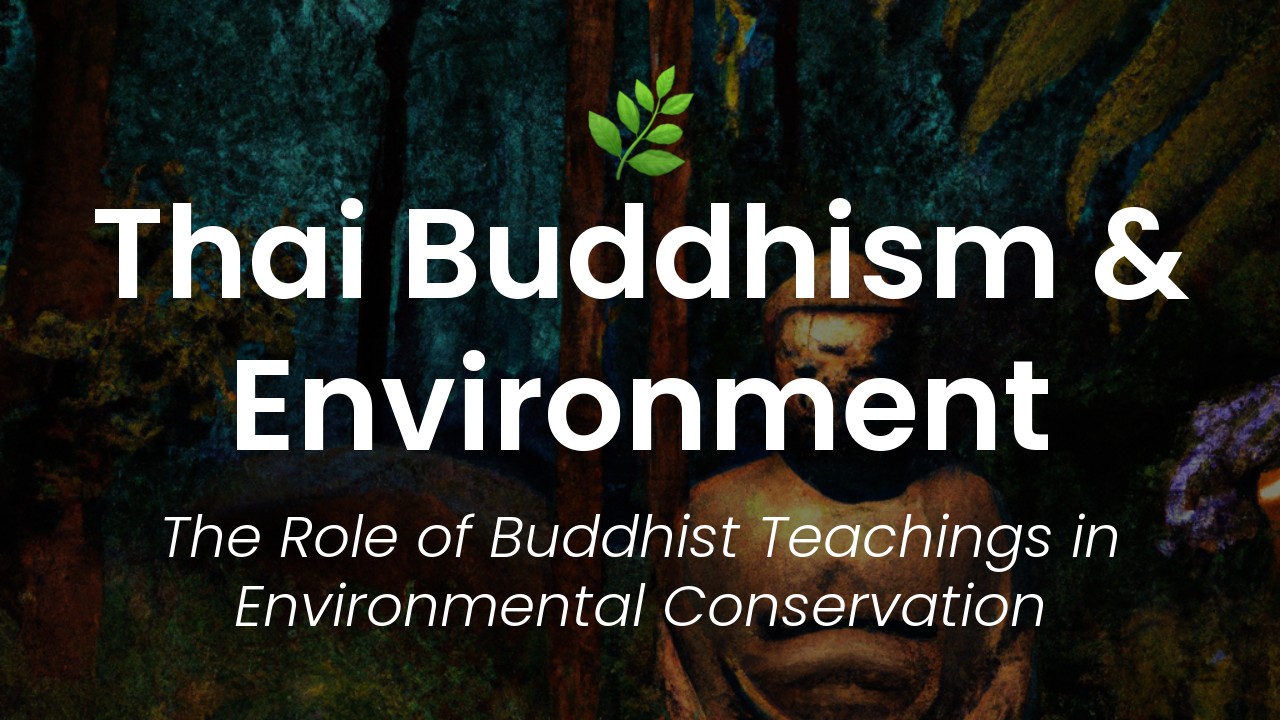I had always been fascinated by the intricate rituals and customs that make up the fabric of Thai Buddhism. As a young girl growing up in Thailand, I would often accompany my grandparents to the local temples, watching in awe as they performed their daily prayers and offerings. But it wasn't until I delved deeper into my own heritage that I truly began to appreciate the cultural significance of these ancient practices.
Now, as a blogger and writer, I have made it my mission to explore and unveil the mystical world of Thai Buddhist rites. Through my travels and research, I have discovered a rich tapestry of beliefs and traditions that make up the vibrant spiritual landscape of Thailand. From the bustling streets of Bangkok to the tranquil forests of Chiang Mai, I have witnessed firsthand the power of faith that underpins this ancient religion.
In this article, I will take you on a journey through the fascinating world of Thai Buddhist rites, exploring the history and significance of some of the most revered practices. We will delve into the symbolism of offerings, the majestic beauty of temple architecture, and the solemnity of prayer. Join me as we unravel the secrets of this ancient religion and discover the soul of Thai culture.
Origins of Thai Buddhism
Thailand is often synonymous with Buddhism, and for good reason. The majority of the Thai population practices Theravada Buddhism, a school of Buddhism that originated in the Indian subcontinent and spread throughout Southeast Asia. Buddhism was introduced to Thailand over 2000 years ago, during the reign of King Ashoka, who sent monks to spread the doctrine of the Buddha throughout the region.
Over time, Thai Buddhism has evolved to become a unique blend of Indian and Southeast Asian influences. Many local customs and traditions have been incorporated into Buddhist practices, including ancestor worship, animism, and Hindu gods and goddesses. Thai Buddhism is also heavily influenced by the monarchy, with the king and queen being regarded as the protectors and patrons of Buddhism.
Role of Buddhist Monks in Society
Buddhist monks play a central role in Thai society, acting as the primary caretakers of the nation's spiritual and cultural heritage. Thai men are expected to become monks at least once in their lives, usually for a period of several months to a year. This practice, known as "entering the monkhood," is considered a rite of passage and a way to gain merit and spiritual maturity.
Monks in Thailand are highly respected and revered. They lead daily rituals in temples and provide guidance and counsel to members of their community. They also often serve as mediators in disputes and as counselors to the sick and dying. Monks live a simple and disciplined life, relying on the donations of food and other provisions from laypeople.
Almsgiving – An Offering of Merit
Almsgiving is a significant aspect of Thai Buddhist culture, and it is viewed as a way to obtain merit and improve one's karma. Every morning, monks walk through the streets of Thailand's cities and towns, carrying alms bowls and accepting offerings of food and other items from laypeople. This daily ritual, known as "tak baat," is considered one of the most important practices in Thai Buddhism.
Offering alms to monks is a way for laypeople to gain merit and show respect to the Buddha and his teachings. It is believed that through giving, individuals can purify their minds and reduce their attachment to material possessions. Almsgiving also provides monks with the sustenance they need to carry out their daily activities and practice their spiritual discipline.
Meditation – Seeking Inner Peace
Meditation is a core practice in Thai Buddhism, and it is viewed as a way to gain insight and achieve inner peace. Thai monks often spend long periods in meditation, focusing on their breath and developing a state of mindfulness. Laypeople also practice meditation, often attending retreats or meditation classes to deepen their practice.
There are many different forms of meditation in Thai Buddhism, including mindfulness meditation, concentration meditation, and insight meditation. All aim to cultivate a sense of awareness and presence, helping individuals to let go of their thoughts and emotions and to find a sense of calm within themselves. Meditation is seen as a path to enlightenment, and it is considered one of the most important practices in Thai Buddhism.
Festivals & Rituals – Deepening One's Faith
Thai Buddhism is celebrated through a variety of festivals and rituals throughout the year. These include the famous Songkran festival, which marks the Thai New Year and involves water fights and blessings from monks, as well as Vesakha Bucha Day, which commemorates the birth, enlightenment, and death of the Buddha.
There are also many smaller festivals and rituals that take place throughout the year, such as the annual robe offering ceremony, which involves laypeople offering new robes to monks, and makha bucha day, which celebrates the day when 1,250 of the Buddha's disciples spontaneously gathered to hear him speak.
These festivals and rituals are an important way for individuals to deepen their faith and connect with their community. They provide opportunities for laypeople and monks to come together and celebrate their shared beliefs, while also honoring the Buddha and his teachings.
Tattoos & Amulets – Symbols of Belief
For many Thai Buddhists, tattoos and amulets are powerful symbols of their faith and devotion. Tattoos, or "sak yant," are often given by monks and are believed to provide protection and strength to the wearer. They often contain sacred images or ancient texts, and they are seen as a way to connect with the spiritual world.
Amulets, or "plahkau," are small charms that are carried or worn to provide protection and good luck. They can be made from a variety of materials, including metals, wood, and bone, and they often contain images of the Buddha or other important religious figures. Amulets are thought to contain spiritual power, and they are given as gifts or purchased from temples and other spiritual sites.
Both tattoos and amulets are highly regarded by Thai Buddhists, and they are considered a way to connect with the divine and to gain protection and blessings.
Conclusion: Embrace Thai Culture & Religion
Thai Buddhism is a rich and complex tradition, shaped by centuries of history and culture. It is an essential part of Thai identity and plays a central role in the daily lives of millions of people. Through practices such as almsgiving, meditation, and festivals and rituals, Thai Buddhists connect with their faith, their community, and the spiritual world.
As visitors to Thailand, it is important to respect and appreciate the country's religious and cultural traditions. By learning about Thai Buddhism and engaging with its practices, we can deepen our understanding of this fascinating and inspiring tradition. So whether you are offering alms to monks, attending a meditation class, or receiving a sak yant tattoo, take the time to embrace Thai culture and to connect with the spiritual beauty of this remarkable country.

